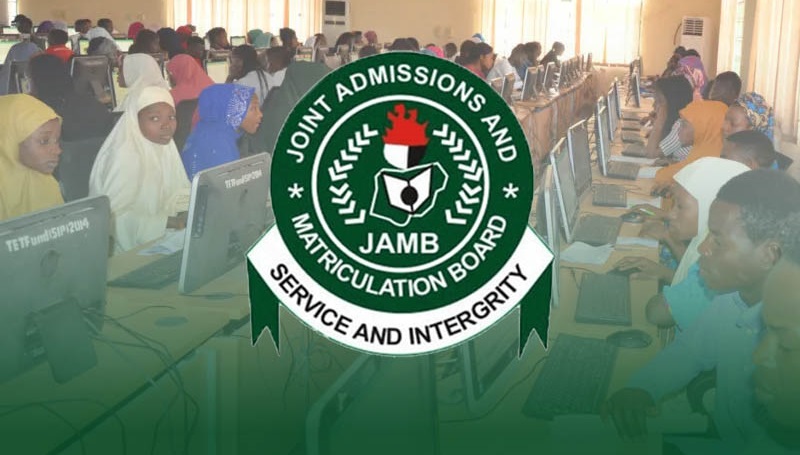If you’re getting ready for the JAMB Hausa exam in 2026/2027, using the right textbooks will be helpful. These recommended books cover all the main areas of the Hausa language, including grammar, literature, culture, and dictionaries. Each book has been chosen because it aligns well with the JAMB syllabus and can help you understand and practice the content you need to succeed.
READ ALSO:
Why Use JAMB Recommended Textbooks for Hausa?
The textbooks listed here cover everything from Hausa grammar to literature, idioms, and cultural aspects. They provide detailed explanations, examples, and exercises to help you understand the language and use it correctly. With these resources, you’ll be better prepared for JAMB, as they offer practice material and insights into the language and culture of Hausa speakers.
JAMB Recommended Textbooks for Hausa 2026/2027
The JAMB Hausa syllabus covers three main areas:
- Language (Grammar and Idioms)
- Literature and Culture
- Dictionaries
Here’s a breakdown of recommended textbooks for each area.
1. Language (Grammar and Idioms)
These books focus on the basics of Hausa language structure, grammar rules, and common idioms. They help students grasp the language rules and how to apply them in both writing and speaking.
| S/NO | TEXTBOOK |
|---|---|
| 1 | Almajir, T.S. et al. (2016) Idioms in English – Hausa, Zaria; ABU Press |
| 2 | Galadanci, M.K.M. (1976) Introduction to Hausa Grammar, Zaria: Longman |
| 3 | Junju, M.H. (1980) Rayayyen Nahawun Hausa, Zaria: NNPC |
| 4 | Muhammad, Y.M. (2005) Fassarar Hausa, Zaria: ABU Press |
| 5 | Sani, M.A.Z. (1999) Tsarin Sauti Da Nahawun Hausa, Ibadan: UP Plc |
| 6 | Sani, M.A.Z. et al (2000) Exam Focus: Hausa Language, Ibadan: UP Plc |
| 7 | Skinner, N. (1977) Grammar of Hausa, Zaria: NNPC |
| 8 | Yahaya, I.Y. et al (1992) Darussan Hausa Don manyan makarantun sakandare 1 – 3, Ibadan: UP Plc |
2. Literature and Culture (Adabi da Al’adu)
These books explore the literature and cultural practices of Hausa-speaking communities. They include wedding songs, folktales, traditional games, and customs that have shaped Hausa life for generations.
| S/NO | TEXTBOOK |
|---|---|
| 1 | Bichi, A.Y. (1979) Waƙoƙin Bikin Aure, Lagos: Nelson |
| 2 | Dangambo, A. (1984) Rabe – Raben Adabin Baka da Muhimmancinsa Ga Rayuwar Hausawa, Kano: Triumph Publishing Company |
| 3 | Gusau, S.M. (1991) Makaɗa Da Mawaƙan Hausa, Kaduna: Fisbas Media Service |
| 4 | Ibrahim, M.S. (1977) Kowa Ya Sha Kiɗa, Zaria: Longman |
| 5 | Madauci, I. et al (1992) Hausa Customs, Zaria: ABU Press |
| 6 | Umar, M.B. (1976) Ɗanmaraya Jos Da Waƙoƙinsa, Ibadan: OUP |
| 7 | Umar, M.B. (1977) Wasannin Tashe, Zaria: NNPC |
3. Dictionaries (Ƙamusai)
These dictionaries are helpful for translating words between Hausa and English. They also help students expand their vocabulary by learning correct meanings, pronunciations, and usage of Hausa words in different contexts.
| S/NO | TEXTBOOK |
|---|---|
| 1 | Bargery, G.P. (1951) A Hausa – English Dictionary and English-Hausa Vocabulary, London: OUP |
| 2 | Newman, R.M. (1997) An English-Hausa Dictionary, Ibadan: Longman |
| 3 | Newman and Newman (1977) Sabon Ƙamus Na Hausa Zuwa Turanci, Ibadan: UPL |
| 4 | Skinner, N. (1993) Kamus Na Turanci Da Hausa, Zaria: NNPC Hausa |
| 5 | CSNL: (2006) Ƙamusun Hausa Na Jami’ar Bayero, Zaria: ABU Press |
Conclusion
These textbooks give you a solid foundation in Hausa for the JAMB exam. With detailed explanations, grammar rules, literature, cultural insights, and dictionaries, they cover everything you need to know. By studying these materials, you’ll gain the skills and knowledge to do well on the exam and deepen your understanding of the Hausa language and culture.

